Panama
About Panama
Panama’s excellent location in the middle of Central and South America makes it a hub for international banking. The Panama Canal, which connects the Atlantic and Pacific oceans, gives investors access to the marketplaces for commercial goods worldwide, from the United States to East Asia, Europe, and Oceania.
Citizen By Investment Panama
Country Information
Due to Panama’s effective transportation hub, inhabitants have a fantastic opportunity to access both the American and global commercial products markets.
Population:
N/A
3.9 million
Languages:
N/A
Spanish
Economy:
N/A
Well-developed and service provider
Currency:
N/A
Panamanian Balboa
Citizen By Investment Panama
Living in Panama
Panama enjoys the strategic advantage of having both a sea and an ocean bordering it: to the north, the Caribbean Sea, and to the south, the Pacific Ocean. Also, the closeness to Colombia to the southeast and Costa Rica to the west permits complete interconnection.
The nation is located on the Isthmus of Panama. This narrow land bridge leads from North America to South America.
Colonized by Spain in the 16th century, Panama gained independence in 1821 and is a founding member of the United Nations.
Natural wonder and ecological commitment
The rich natural landscape is varied, featuring five different ecosystems, including a range of rainforests and a desert, as well as several beaches dotting both the Caribbean Sea and Pacific Ocean coastlines — all within driving distance of the capital city. The 3.4-meter-high Baru Volcano, located in Chiriqui province, is the highest point in the country and the 12th-highest peak in Central America. Visitors and locals may jointly see the Atlantic and Pacific Oceans at the volcano, which is the only spot on earth that does so. Chiriqui is the origin of geisha coffee, one of the most expensive coffee types in the world, because of the region’s fertile soil terrain.
Bocas Del Roco province, on the other hand, boasts a chain of islands in the Caribbean Sea and is where residents can experience authentic Caribbean flair. With a tropical rainforest, the Nivida Bat Cave, and 95% of the Caribbean coral species found in Bocas del Toro, the landscape in this province is relatively untouched.
A testament to the province and country’s commitment to ecological integrity and sustainability, Bocas Del Toro boasts a natural laboratory for evolutionary study and climate change and Panama’s first Mission Blue Hope Spot, a program focusing on the rehabilitation and preservation of the marine ecosystem.
Bountiful, preserved cultural heritage
Seven different indigenous communities thrive in Panama. The country showcases its African heritage and Spanish influence in its cities, towns, gastronomies (both traditional and modern), and lifestyle. Its capital Panama City is a cosmopolitan hub of contemporary architecture and classic bungalows.
Vibrant music and creative handicrafts can be found in the city’s historic district, Casco Antiguo. Known as the ‘Old Quarter,’ Casco Antiguo is a UNESCO World Heritage Site that features the country’s historic churches, the Plaza de Francia, which highlights French influences on the nation, and celebrated museums such as Museo de Canal and Museo de la Mola.
Substantial investment and trade potential
According to the World Bank, Panama had one of the strongest growth performances in Latin America and the Caribbean (LAC) before the economic crisis caused by the COVID-19 pandemic. The country’s economy grew by 4.7% from 2014 to 2019, while the LAC’s economy grew by 0.9%.
Panama is a member of the United Nations General Assembly, the Organization of American States, and the Latin American Economic System, among many other international financial institutions.
The 65-km-long engineering marvel of the Panama Canal is one of the most strategic transportation hubs of the world. The canal joins the Atlantic and Pacific oceans. It allows for efficient and significant seaborne trade worldwide — not just across the American commercial goods markets but also those worldwide, from the USA to East Asia, Europe, and Oceania.
The Panama Canal, just a 15-minute drive from downtown Panama City, is one of the 7 Wonders of the Modern World. It is “the door to the seas and key to the universe.” Ships take eight to ten hours to travel through the canal — a much more efficient time frame to travel across the Caribbean Sea and the Pacific Ocean compared to how long travel took before the canal’s construction.
This high-income country enjoys its emergent status as a commercial and financial services center for the region, with banking, commerce, and tourism growing industries attracting foreign investors worldwide.

